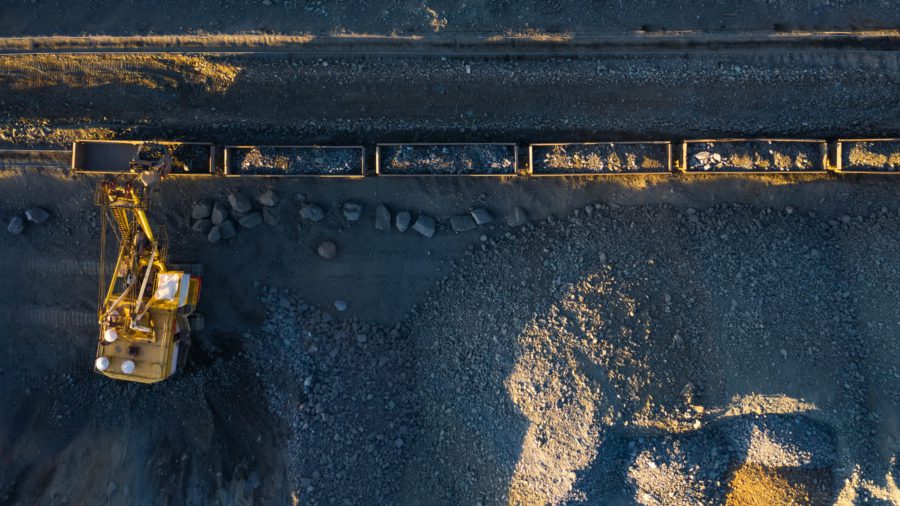Finely tuned nanogold turns greenhouse gas to fuel

Maximizing the long edges of gold nanoparticles is the key to turning carbon dioxide to into fuel or industrial chemicals, according to researchers at Brown University.
This ‘fine tuning’ of the particle’s edges helps to create a catalyst that selectively converts carbon dioxide to carbon monoxide, which can be used to create alternative fuels.
“Our study shows potential of carefully designed gold nanoparticles to recycle CO2 into useful forms of carbon,” said Shouheng Sun, study author and chemistry professor.
“The work we’ve done here is preliminary, but we think there’s great potential for this technology to be scaled up for commercial applications.”
“Because we’re using nanoparticles, we’re using a lot less gold than in a bulk metal catalyst…that lowers the cost for making such a catalyst and gives the potential to scale up.”
Read more here.
Access the study directly here.
{{ commodity.name }}
{{ post.title }}
{{ post.date }}


2 Comments
frankinca
Some sort of heat energy has to be a part of the process otherwise we have found the retraction of the law of entropy. Why do respectable academians say things that are like half truths.
David R. (Canada)
And they say gold is a useless, barbaric relic!